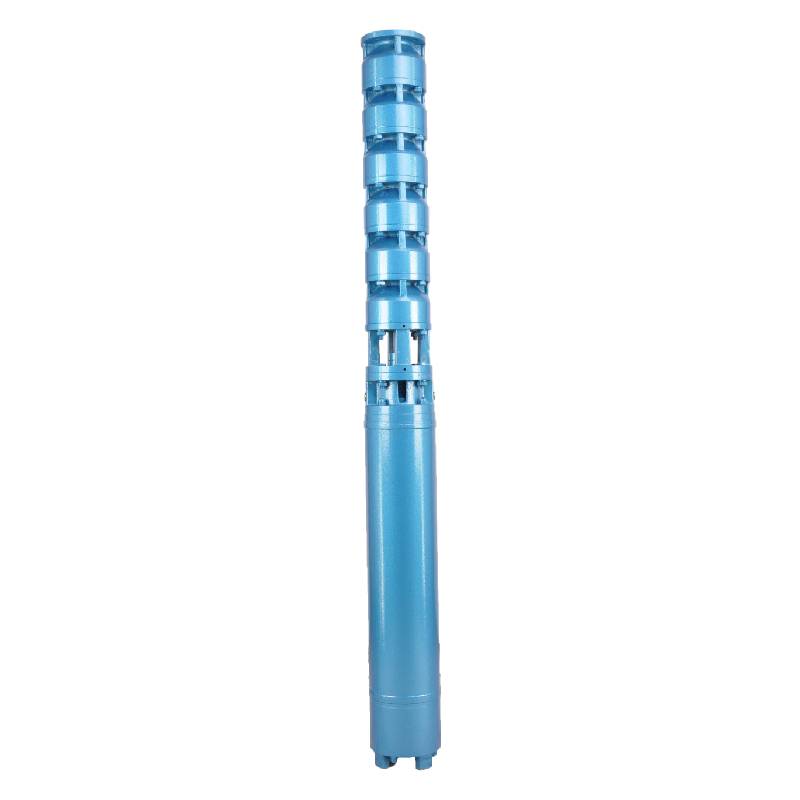Dec . 11, 2024 02:57 Back to list
Exploring the Benefits and Applications of Submersible Motor Pumps in Various Industries
Submersible Motor Pumps An Overview
Submersible motor pumps have become increasingly vital in various industries due to their efficiency and versatility. These pumps are designed to operate submerged in liquids, making them ideal for applications in water management, agriculture, and industrial processes. Understanding the operation, advantages, and applications of submersible motor pumps can help users and industries maximize their potential efficiency.
What is a Submersible Motor Pump?
A submersible motor pump consists of a pump and an electric motor that are hermetically sealed and integrated into a single unit. This design allows the entire assembly to be submerged in the liquid being pumped. It is powered by a motor situated at the bottom of the pump, which drives the impeller to facilitate the movement of fluid.
How Do Submersible Motor Pumps Work?
The operation of a submersible motor pump is relatively straightforward. When electricity is supplied to the pump, the electric motor activates, turning the impeller. The impeller's rotation creates a centrifugal force that draws liquid into the pump through its inlet. As the fluid moves through the pump casing, it is expelled through the discharge outlet. The design of the pump creates a significant pressure difference that effectively lifts the liquid to the surface or to its intended discharge location.
Advantages of Submersible Motor Pumps
One of the major advantages of submersible motor pumps is their ability to operate in a wide range of environments. Their enclosed design prevents the entry of contaminants, making them suitable for pumping clean water, sewage, or even chemicals in specialized applications.
1. Energy Efficiency Submersible pumps are generally more energy-efficient than traditional pumps because they are located at the source of the fluid, reducing the energy loss associated with suction lift.
2. High Performance These pumps can operate at various depths, making them ideal for deep well applications. Their ability to maintain high performance under various pressure conditions is also a significant advantage.
3. Reduced Noise Levels Since the pump operates underwater, it minimizes noise pollution, making them an ideal choice for residential areas or noise-sensitive environments.
submersible motor pump

5. Lower Maintenance Requirements With fewer moving parts above ground, submersible pumps typically experience less wear and tear, resulting in lower maintenance costs compared to surface pumps.
Applications of Submersible Motor Pumps
Submersible motor pumps find applications across myriad industries, each benefitting from their unique features. Here are some common uses
1. Water Supply They are widely used in municipal water systems and well water extraction, providing a reliable means of extracting groundwater for drinking and irrigation.
2. Wastewater Management In sewage treatment plants and for household sewage systems, submersible pumps efficiently handle the transportation of wastewater and effluent.
3. Agriculture Farmers utilize submersible pumps to irrigate crops, particularly in areas where surface water is scarce. These pumps help draw water from deep wells to supply irrigation systems.
4. Construction Sites During construction projects, especially in low-lying areas, submersible pumps are essential for dewatering excavations and keeping work sites dry.
5. Industrial Applications Various industries, including chemical processing and mining, use submersible pumps for transferring corrosive liquids and slurry materials.
Conclusion
Submersible motor pumps are a pivotal technology that enhances fluid transfer across multiple industries. Their efficiency, durability, and suitability for a diverse set of applications make them an indispensable asset in water management, agriculture, and industrial sectors. As technology continues to advance, the design and functionality of submersible pumps will likely improve, leading to even greater efficiencies and applications in the future. Whether for residential use or large-scale industrial operations, understanding the capabilities and benefits of submersible motor pumps can lead to smarter, more effective fluid management solutions.
-
Submersible Water Pump: The Efficient 'Power Pioneer' of the Underwater World
NewsJul.01,2025
-
Submersible Pond Pump: The Hidden Guardian of Water Landscape Ecology
NewsJul.01,2025
-
Stainless Well Pump: A Reliable and Durable Pumping Main Force
NewsJul.01,2025
-
Stainless Steel Submersible Pump: An Efficient and Versatile Tool for Underwater Operations
NewsJul.01,2025
-
Deep Well Submersible Pump: An Efficient 'Sucker' of Groundwater Sources
NewsJul.01,2025
-
Deep Water Well Pump: An Efficient 'Sucker' of Groundwater Sources
NewsJul.01,2025
-
 Submersible Water Pump: The Efficient 'Power Pioneer' of the Underwater WorldIn the field of hydraulic equipment, the Submersible Water Pump has become the core equipment for underwater operations and water resource transportation due to its unique design and excellent performance.Detail
Submersible Water Pump: The Efficient 'Power Pioneer' of the Underwater WorldIn the field of hydraulic equipment, the Submersible Water Pump has become the core equipment for underwater operations and water resource transportation due to its unique design and excellent performance.Detail -
 Submersible Pond Pump: The Hidden Guardian of Water Landscape EcologyIn courtyard landscapes, ecological ponds, and even small-scale water conservancy projects, there is a silent yet indispensable equipment - the Submersible Pond Pump.Detail
Submersible Pond Pump: The Hidden Guardian of Water Landscape EcologyIn courtyard landscapes, ecological ponds, and even small-scale water conservancy projects, there is a silent yet indispensable equipment - the Submersible Pond Pump.Detail -
 Stainless Well Pump: A Reliable and Durable Pumping Main ForceIn the field of water resource transportation, Stainless Well Pump has become the core equipment for various pumping scenarios with its excellent performance and reliable quality.Detail
Stainless Well Pump: A Reliable and Durable Pumping Main ForceIn the field of water resource transportation, Stainless Well Pump has become the core equipment for various pumping scenarios with its excellent performance and reliable quality.Detail
